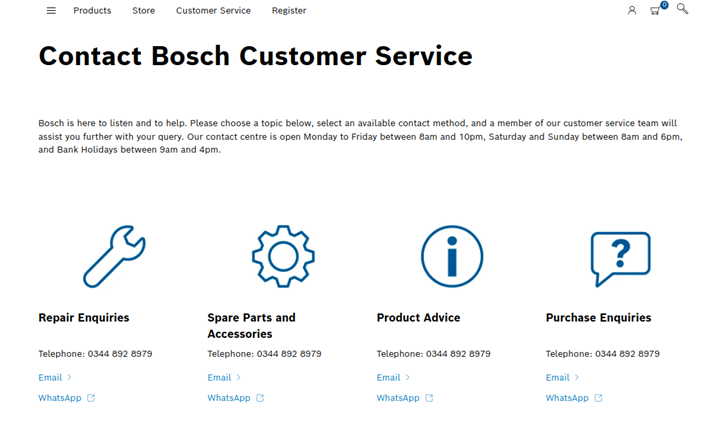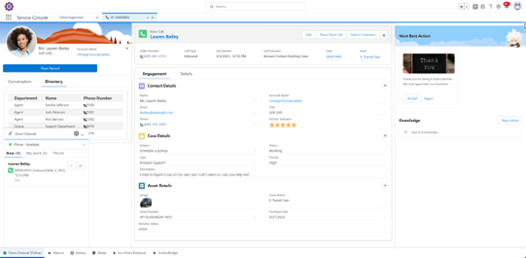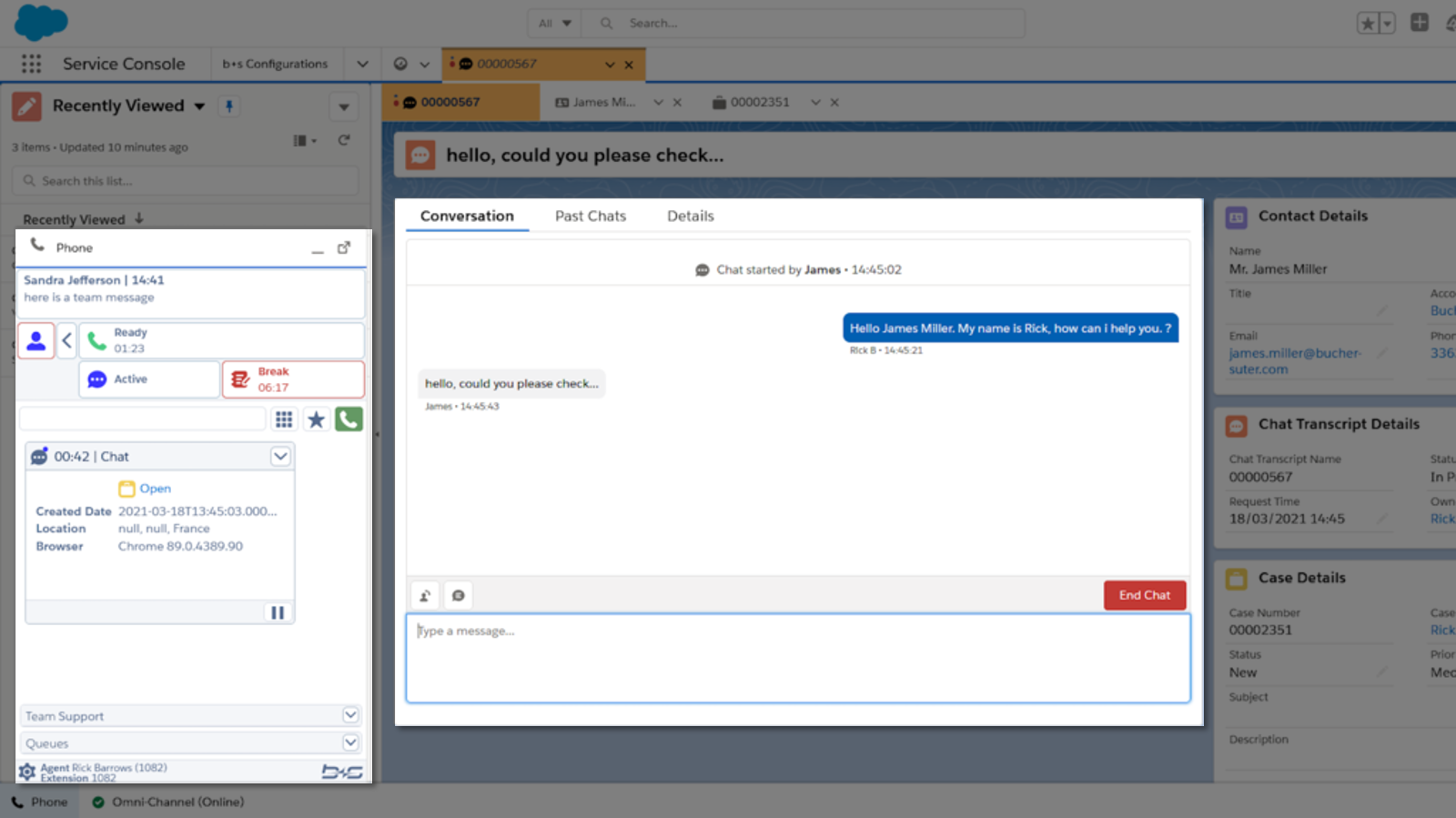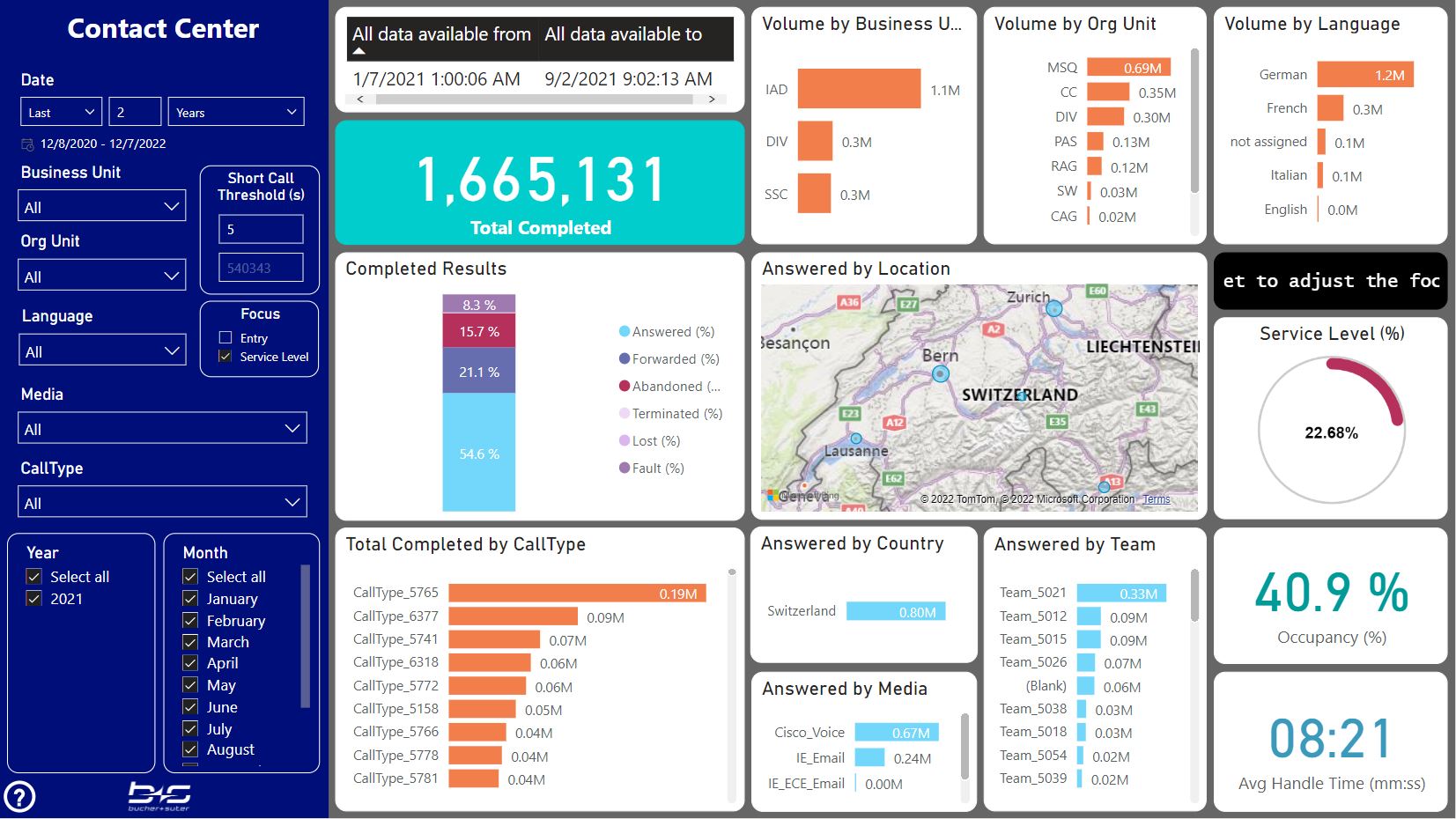Enterprise contact center operations are big. But the moments that matter to customers are comparatively small.
Ed in Fulham has no idea what “omnichannel contact center” even means; all he knows is the dishwasher chose 12:00 a.m. to go berserk. For Christina in Bergen, the phrase “conversational AI” is corporate jargon, at best; but she’s grocery shopping with her toddler, and she needs to quickly check order status on a critical business parcel (without losing track of her daughter in the checkout line).
Both need assistance and it cannot wait.
Maybe Ed turns to Google (it’s midnight, after all). Christina pulls up a service chatbot on her iPhone. These aren’t uncommon situations for the leaders planning omnichannel call center strategies. Except there might be thousands—maybe tens of thousands—of similar service experiences happening simultaneously across the globe.
All of which makes the importance of an omnichannel contact center plain:
It’s not feasible to deliver service excellence at scale, without the help of omnichannel solutions—not across a myriad of product lines, regions, channels, and customer groups. Those days are gone, but with a cloud-based omnichannel solution, a contact center’s capabilities for scale, flexibility, and iterative improvements that meet changes in customer expectations, improve further.
The bottom-line imperatives of omnichannel contact center initiatives
Conceptually, the omnichannel contact center is a customer-first approach to CX. You start with customer needs and adapt contact center channels and even infrastructure to meet those expectations (not in a creepy way, of course).
As you’ll see below, there’s plenty that goes into implementing an omnichannel call center, both in terms of software and hardware; but there’s ample research to indicate the significant upside of doing so:
- People are 3.5x more likely to purchase again and 5.1x more likely to recommend a business after a positive customer experience (Qualtrics, 2022 Global Consumer Trends)
- Businesses stand to lose 8% revenue due to bad CX (XM Institute)
- 77% of business leaders have seen positive ROI in immersive service experiences (Zendesk)
- Omnichannel personalization can help increase revenue by 5 to 15% (McKinsey & Company)
One other thing to consider: the benefits of cloud-based omnichannel solutions extend beyond the Eds and Christinas of the world. Consider this example from another McKinsey & Company study: 33% of B2B buyers rated the availability of a live chat option during the research stage as a top-three requirement for a top supplier.
B2B, B2C—all buyers expect the perks of an omnichannel contact center.
How to spot a proper omnichannel contact center
Despite these opportunities, the reality is that 43% of consumers still feel companies need to improve customer service and support (Qualtrics, 2022 Global Consumer Trends Report). And if customers encounter friction during their micro service moments, they take action, with 80% of customers having switched brands because of a poor customer experience.
The stakes are high and the traditional multichannel contact center model has perhaps run its course. For your reference, here’s a quick distinction of how we, at Bucher + Suter, differentiate between the multichannel and omnichannel contact center, which we first wrote about here:
Multi-channel contact center:
- A variety of customer contact points without seamless interconnection
- Mostly linear service journeys for customers
- Friction, repetition, and frustration when customers switch between multiple channels
- Disjointed and inefficient routing, leading to inflated time to resolution
- Incomplete or inadequate customer data for service agents
Omnichannel contact center
- A variety of customer contact points connected through a broad customer-engagement strategy
- Support for consistent, personalized service experiences wherever and whenever customers seek them
- Ability to quickly add and integrate additional service channels as needed
- Unified communication, data, and analytics
- Real-time customer context and recommendations for service agents
The Building Blocks for Seamless Omnichannel Contact Center Experiences
How the omnichannel contact center is designed will depend on the enterprise and its customers. That said, the end goal is to deliver seamless customer service experiences no matter how a customer chooses to interact. To that end, service leaders have a few fundamental components to account for:
Available service channels
The question is, what’s the most convenient (and expedient) path for customers who need help? The typical omnichannel contact center integrates some mix of voice, email, chat (AI and live), and social media. Others focus on what their customers rely on most, such as an omnichannel phone system.
Here’s the Contact Us page for Bosch U.K., for example, one region of the well-known global conglomerate. You can see that customers in this region have three primary avenues for reaching out: telephone, email, and WhatsApp.

An accurate and efficient routing engine
Continuing with the previous Bosch example, it’s safe to assume that such a large conglomerate uses a routine engine to direct its service inquiries. The routing engine is a key component of the omnichannel contact center that determines how incoming customer interactions are distributed to the appropriate department or agent.
In the industry, Cisco has long been renowned for its call routing and more recently its omni-routing capabilities and Universal Queue. With Webex Contact Center, they’ve more than successfully migrated those capabilities to the cloud.
In AI for Customer Experience: 5 Use Cases for the Modern Contact Center, we discuss how another global conglomerate, Nike, uses intelligent routing to handle its high volume of service requests. For these and other enterprises routing is a core part of any omnichannel call center software.
Comprehensive customer data
It’s difficult to build a customer-first omnichannel contact center model without a deep understanding of the customer. What are the typical and non-typical journeys that customers take when seeking customer service? Can your teams source that information not anecdotally, but through data-backed insights broken down by product line, for example, or specific customer personas?
Here’s where the right CRM or a customer data platform, one that collects and stores customer data from all channels, can make a tremendous difference. Even if all you know is what content a customer has already interacted with, or what they’ve searched for, you’re already putting the contact center team in a better position to provide timely, contextually relevant service.

An enhanced agent desktop
The agent experience is a critical part of the service journey. In an optimized omnichannel call center, the agent is often the last stop for higher-touch issues that require human assistance, whether they come in via chat, email, or phone. To put agents in the best position to support customers, they need to have a unified, 360-degree view of the customer’s journey, right at their fingertips. This includes:
- History and preferences
- Profile and product
- Previous case history
- Personalized recommendations
- Possible solutions from other similar cases
This is the primary goal of our own suite of CRM connectors, b+s Connects for the omnichannel cloud contact center: to give agents all necessary information, tools and processes at the point of customer contact. The results can be a more helpful agent and shorter wait times, which make customers 6.2x and 2.7x happier in the contact center (Qualtrics, 2023 Global Consumer Trends 2023).
Here’s a look at the agent view in Salesforce, with the help of Bucher + Suter:

Deep analytics and reporting
Analytics and reporting are two more critical components of the omnichannel contact center. Through analytics and reporting, teams can:
- Spot gaps in service journeys that are creating case volume
- Get real-time insights into agent performance
- Gauge each channel’s performance against contact center KPIs
- Identify opportunities for cross- and upselling
For reporting and analytics, Bucher + Suter offers b+s CCBI, which is a business intelligence solution based on Microsoft’s Power BI for Cisco Contact Center Enterprise (CCE), as well as b+s Reports for the Cisco Unified Intelligence Center (CUIC).
The cornerstone of these solutions is holistic service center data, delivered to decision makers in comprehensive and consumable reports (historical and real-time). Here’s what a typical Bucher + Suter-powered contact center dashboard looks like:

An organized and accessible knowledge base
While it might not be the sole responsibility of the contact center to maintain the knowledge base, the KB is a critical component of the omnichannel contact center. Throughout most interactions, human-assisted or otherwise, the answers have to come from somewhere.
Across the board, agents, bots, search indices—they all need to be connected to a rich, structured, and continuously updated database of knowledge. Otherwise, agents will struggle to find the answers they need. Customer self-service will frustrate customers. Chatbots will do little more than answer simple queries, if that.
Far too many contact center teams overlook the KB as part of their omnichannel contact center strategy. But the tide seems to be turning. A recent report from APQC found that two-thirds of survey respondents expect to increase investment in knowledge management in the next 12-18 months.
Expansive integration capabilities
To manage and track customer interactions across all channels requires many different tools. This requires the seamless integration of call routing, IVR, chatbots, CRM, reporting and analytics, and more. Without these integrations, customers will encounter friction and inconsistency when they choose to switch between different service channels.
One integration in particular is gaining ground: the back office integration. This integration enhances omnichannel call center software by enabling a workload management mechanism that automatically dials up or down depending on demand. This offers omnichannel call centers a few advantages:
- Rely on fewer customer service agents during normal operations
- Distributed omnichannel capabilities, regardless of service volume
- Straightforward communication between customers, customer service agents, and other stakeholders
- Shared reporting and analytics across teams
The hard questions to ask when pulling together an omnichannel contact center
There’s not a switch you can flip to instantly adopt an omnichannel contact center model. More often than not, an enterprise falls somewhere on the spectrum of omnichannel maturity. To mature their contact center operations toward omnichannel, organizational leadership will have to answer a few hard questions:
- Where are the gaps in your current customer service strategy? Your most important call center metrics are a good place to start (first-call resolution rate, average handle time, etc.).
- Which channels do your customers prefer? Not all channels make sense for all omnichannel call centers.
- On-premise, contact center as a service (CCaaS), or cloud-based omnichannel solutions? Here’s a guide to all three.
- Which omnichannel contact center software makes the most sense for your use case(s)?
- How will you train agents to handle multiple channels effectively?
- How will you ensure the continuous monitoring and optimizing of your omnichannel call center software and omnichannel phone system?
- How will you ensure unified routing, reporting and call blending?
- Are you tuned in to and responding to customer feedback across all channels?
There’s plenty to account for, and the answers will depend on a number of variables. To give you an idea of what the answers look like in practice, we’ve laid out an omnichannel customer service strategy for Salesforce, one of the most ubiquitous CRM platforms on the planet.
final thoughts: it starts and ends with the customer
Lest we forget about Ed and Christina, it’s them and people like them that move the needle in the contact center. When senior leaders in the contact center view the latest performance report, they’re hearing from the Eds and Christinas. And when someone’s on social complaining that their support call was transferred five times, or that they’re still waiting for a response to their help email—guess who?
This is what makes a true omnichannel contact center strategy so sticky: it can’t be successful without a deep understanding of the customer journey and a deep commitment to customer engagement. On the other hand, committing to omnichannel means committing to improving every single micromoment.
A massive effort that can pay tremendous dividends.
If you’d like to learn more about Bucher + Suter’s answer to omnichannel cloud contact center, please contact us using the form below.





